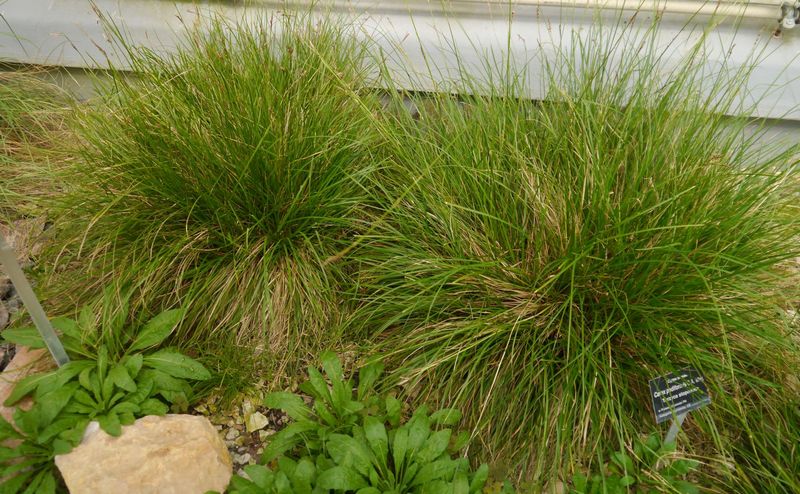Of all the country's 23 national parks, Ojcowski National Park (OPN) most urgently requires support from botanical gardens, as the national park with the smallest area, most severely threatened by, among other things, mass tourism and pressure from developers. Many species that are valuable to the flora of this park are reaching the limit of their occurrence in Poland, being found in OPN in a small number of isolated sites. This applies to both light-fertile grassland species (e.g., early thyme Thymus praecox, feathery holly Stipa pennata, Transylvanian pearl Melica transsilvanica, alloy sedge Carex pediformis), as well as Atlantic shade forest plants, such as eastern pictures Arum orientale and forest delusion Omphalodes scorpioides. For a number of locally extinct species in the park, effective methods of conservation cultivation and gene pooling have been developed. This includes, for example, the wolfberry nettle Atropa belladonna L. Other of OPN's plants of special concern have just been successfully reintroduced in other national parks such as bellflower Adenophora liliifolia In the Kampinos Forest and in the buffer zone of the Roztoczanski National Park.
A preliminary step in such cooperation between a national park and a botanical garden should be the development of plans for the restoration and/or active protection of selected species and natural habitats listed in the Habitat Directive. The present work presents such plans for four species of two already extinct in the OPN (bellflower and round-leafed borer Bupleurum rotundifolium) and two critically endangered to disappear (bear garlic Alium ursinum and wolfberry nettle).

Publication:
Kapler A. 2020. Restitution and conservation program for selected extinct or critically endangered species of Ojców National Park. Restitution and conservation program for selected, extinct or critically endangered species of Ojców National Park. Prądnik. Proceedings of the Szafer Museum 30: 27-56.
post
post
2021-02-03 10:58:46


